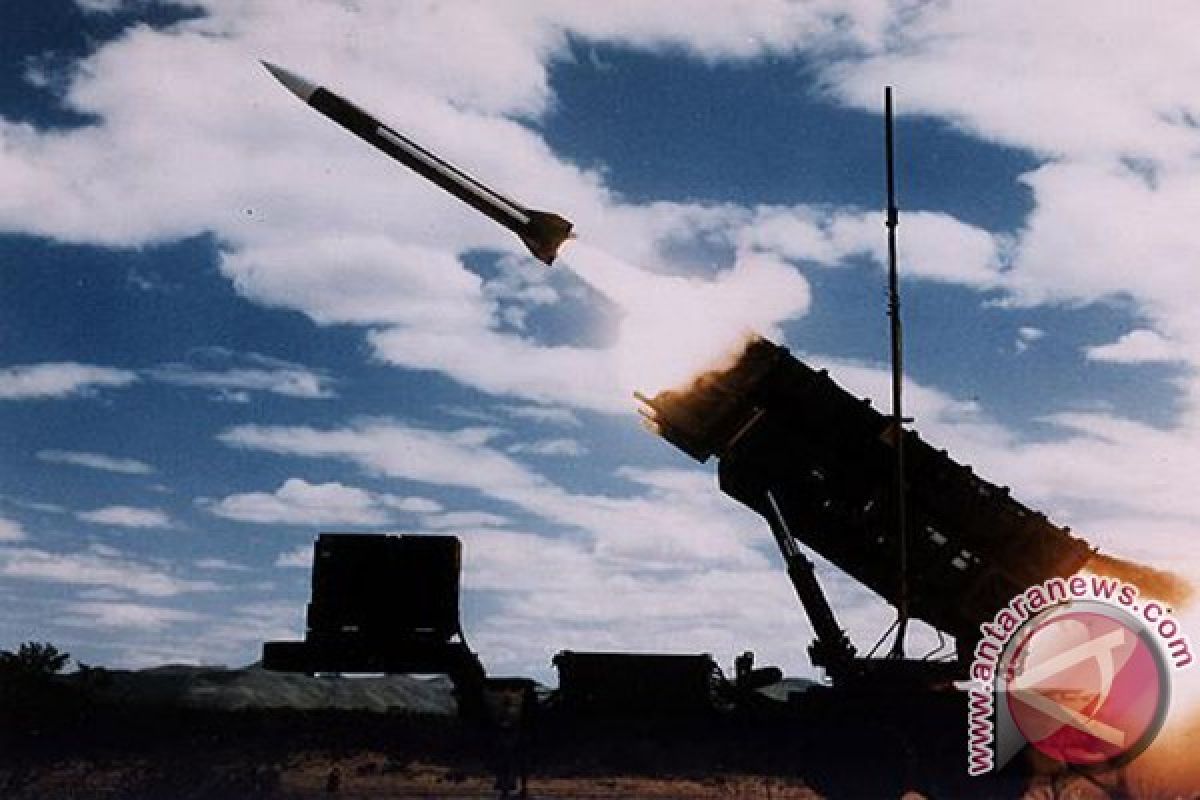"This potentially reduces the burden that falls on our shoulders."Washington (ANTARA News/Reuters) - U.S. sales of warplanes, anti-missile systems and other costly weapons to China`s and North Korea`s neighbors appear set for significant growth amid regional security jitters.
Strengthening treaty allies and other security partners is central to the White House`s "pivot" toward a Pacific region jolted by maritime territorial disputes in China`s case, and missile and nuclear programs, in North Korea`s.
The pivot "will result in growing opportunities for our industry to help equip our friends," said Fred Downey, vice president for national security at the Aerospace Industries Association, a trade group that includes top U.S. arms makers.
Demand for big-ticket U.S. weapons is expected to stay strong for at least the next few years, the trade group said in a 2012 year-end review and forecast released in December.
Fears resulting from China`s growing military spending should lead to enough U.S. sales in South and East Asia to more than offset a slowdown in European arms-buying, according to the forecast.
Overall, the United States reached arms transfer agreements in 2011 totaling $66.3 billion, or nearly 78 percent of all such worldwide pacts, according to the nonpartisan Congressional Research Service. The 2011 total was swollen by a record $33.4 billion deal with Saudi Arabia. India ranked second with $6.9 billion in such agreements.
December Election
December`s election of conservative, pro-American leaders in Japan and South Korea could further fuel sales, demonstrating U.S. solidarity with allies and partners.
The Obama administration says arms sales are an increasingly critical and cost-efficient arrow in its quiver to defend U.S. worldwide interests.
They also are prized by Washington because they make it easier to fight side by side in places like Afghanistan and help allies do more for their own defense.
"This potentially reduces the burden that falls on our shoulders," Andrew Shapiro, the State Department`s top official for partner strengthening, said in a December 5 speech.
The Pentagon is aiming to boost intelligence, surveillance and reconnaissance capabilities in the Asia-Pacific along with the introduction of more unmanned systems.
Contractors such as Lockheed, Boeing, Northrop and Raytheon Co expect regional demand for their products and services to help them offset Pentagon belt-tightening forced by U.S. deficit-trimming measures.
In a move that could fuel a new market of its own, the administration in December formally proposed a $1.2 billion sale of Northrop Grumman`s high-flying RQ-4 "Global Hawk" spy drones and related gear to South Korea.
The notice of the possible South Korean purchase came less than two weeks after North Korea, on December 12, advanced its missile program with a long-range rocket launch that put a satellite in space.
Japan has emerged as the most important U.S. partner in crafting a layered shield against ballistic missiles of all ranges and in all phases of flight.
The administration told Congress two days before Pyongyang`s rocket launch that Tokyo was seeking a potential $421 million "Aegis" system upgrade for a pair of guided-missile destroyers to better defend against ballistic missile attacks.
The highest-profile U.S. offering now is Lockheed Martin`s radar-evading F-35 Joint Strike Fighter aircraft, whose three variants make up the Pentagon`s costliest arms program.
Japan already has selected the F-35 to replace aging F-4s as its next mainstay fighter, a deal valued at more than $5 billion. The F-35 is being considered by Singapore and South Korea.
U.S. arms sales to India, now at a cumulative $8 billion from near zero in 2008, are expected to keep on booming. India plans to spend about $100 billion over the next decade to upgrade its arsenal, partly as a counter to China. India and China fought a brief, high-altitude border war in 1962.
(U.G005/H-RN)
Editor: Priyambodo RH
Copyright © ANTARA 2013






